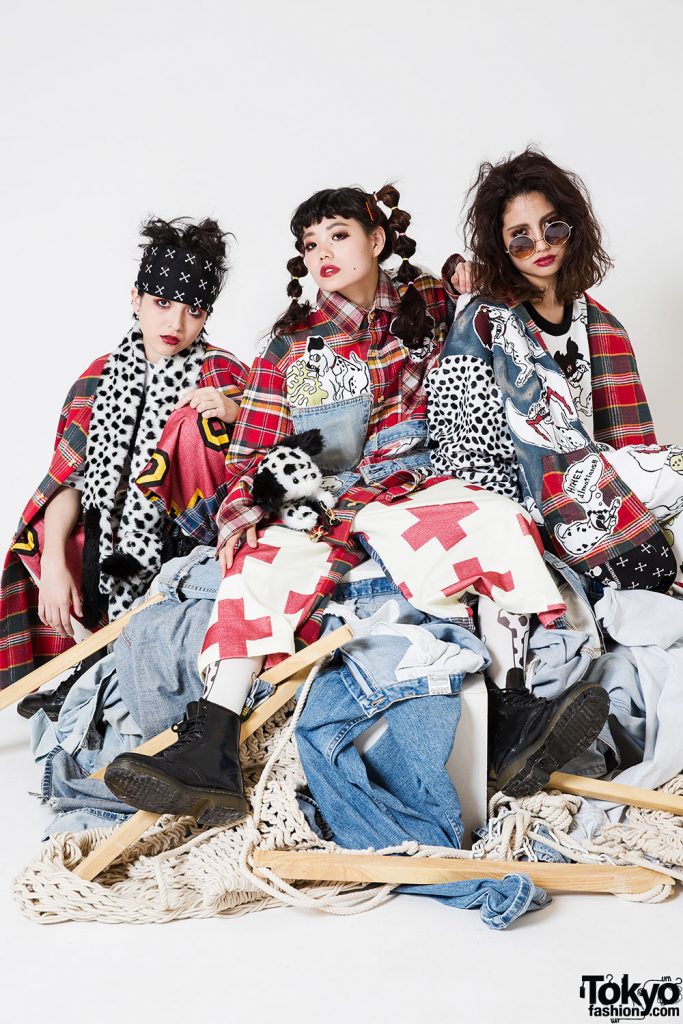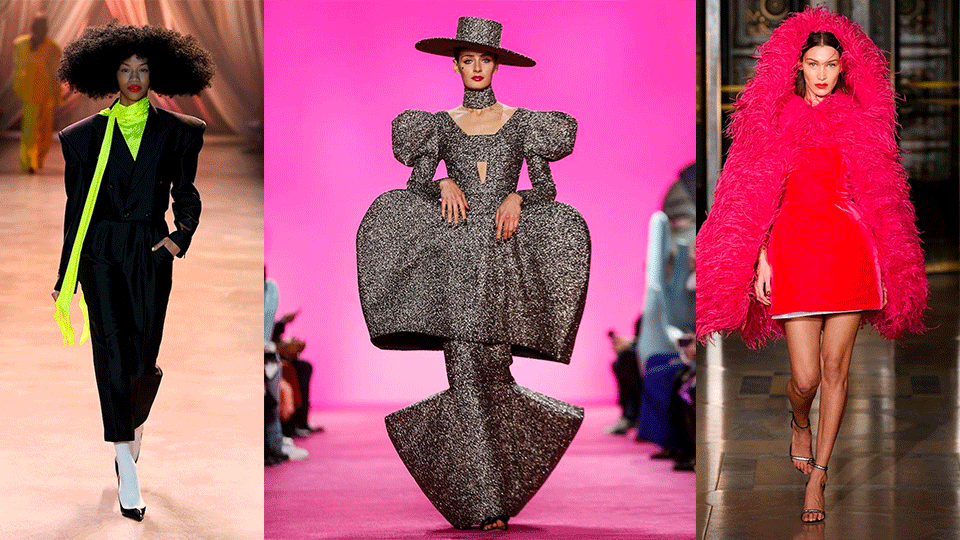- À New Wave to Fashion, À New Way of Living. Download Now on iOS Android Canada SS22
- hello@alahausse.ca
How Japanese designers are building a more sustainable fashion industry

New Virtual World by Gucci Explained
July 26, 2021
Designer Spotlight: Amesh Wijesekera – Gender inclusive eco-friendly collection
July 30, 2021
Written By Danté Lusson
Many new designers are launching their lines with sustainability in mind. As a response to the crisis of fashion waste which was forecasted to increase 60% from 2015 to 2030, designers who are taking a sustainable approach are changing the industry. Not only is this a response to the end life of garments, sustainability is also being valued in other sectors like production and manufacturing. Specifically, these five Japanese designers are building a more sustainable industry with their brands and are worth keeping an eye on.
Keep an eye out for these Japanese brands
Re:nne
As it just launched in March 2021, Re:nne is very new to the sustainable fashion game. Their main product is vegan leather wallets that are 100% chemical free and partly biodegradable. Additionally, they are made by Japanese leather artisans remaining true to the tradition of hand crafting. The vegan leather comes from Mexico, and is made out of cacti called Nopale. This material is also new to the game, having only just won the Green Product Award 2020 and the LVMH Innovation Award. Growing cacti is easy due to how low maintenance they are, requiring little water, pesticides, or herbicides meaning sustainable production can occur.
Shohei
Founded by creative director Lisa Pek and CFO Shohei Yamamoto in 2016, the brand is recognized for its innovations in sustainable dyeing practices. Rather than using synthetic dyes, they use the kakishibu dyeing process and immerse their textiles in persimmon fruit juice. Next, the fabric is tanned in the sun which creates a water repellent effect for the garments. They also source fabric that was dyed using shibori which is a traditional dyeing practice coming from the 18th century. The brand emphasizes their use of traditional practices in order to be as sustainable as possible, and production occurs in Japan and Europe.
PLAYFÜL
Founded in Osaka in 2020 by Lisa Koh, PLAYFÜL was a response to unfair labor standards against artists with disabilities. In their first project the brand put QR codes on all their garments that, if scanned, would bring users to interviews with the founder.

Maito Design Works
Named after their founder Maito Komuru, Maito Design Works is known for their approach of natural dyeing. All of their materials are raw and are sourced from local craftsmen who use sustainability in their manufacturing. The natural dyes used come from many different botanical sources like pomegranates, chestnuts, sakura petals, and indigo plants. On top of their store, they also offer monthly hands-on natural dye workshops to the public.
Studio Membrane
Founded in 2017 by Hiroaki Tanaka who showcased his first line in Vancouver Fashion Week, Studio Membrane takes an eco-conscious approach to fashion. His philosophy is focused on looking at garments of forms of life and giving them a ‘voice’ in terms of design. By working with Professor Shinji Hirai from Muroran Institute of Technology, the garments were made out of protein resin which is animal derived and biodegradable.
Sustainability in Fashion
Sustainability has become a buzzword, yet only about one third of the fashion industry have incorporated it into their business models. Perhaps being 100 percent sustainable is not a feasible goal, but there are many ways in which brands can make an effort. The Green Business Bureau has listed 4 considerations with descriptors that all brands should consider when it comes to sustainable efforts.

Waste Considerations
- Find a solution for fabric waste
- Eliminate single use plastic from production
- Use eco-friendly packaging
- Close the loop of the garment’s lifecycle
Social Considerations
- Ensure your manufacturing promotes Sustainable Development Goals (SDG) primarily SDG 1: No Poverty, SDG 5: Gender equality, and SDG 8: Decent Work and Economic Growth
Resource Considerations
- Calculate the demand of your chosen resources
- Avoid fabrics that are water, land, and energy intensive
- Avoid fabrics that rely on fossil fuels
- Value longevity in your products
Environmental Considerations
- Factory location should be considered
- Hold facilities to high environmental and social standards
There is no right way to do sustainability, but maximizing efforts and providing consumers with choices that they can be happy with should be at the core of any business model.
The Value of Japanese Tradition
What is most unique about the Japanese designers is how they value tradition in their brands. Using practices like the kakishibu dyeing process used by Shoshei is a way to take a sustainable approach and keep tradition alive. An example of this in the fashion industry is how greatly the introduction of power looms affected the hand looming industry in India. It is estimated that in the last decade 5.5 million handloom workers were rendered unemployed. These workers were relying on about 1386 thousand handlooms which were replaced by 231 thousand powerlooms. There is a huge lack of unemployment for handloomers, and not only is it a loss of work but of hundreds of years of tradition. The handloom is more eco-friendly and has a smaller carbon footprint than the powerloom, but the practice is much more time consuming. The industrial revolution shifted the way we do, and understand fashion.
We are slowly seeing a shift in the world, where consumers are addressing their concerns in terms of sustainability and ethics. The Japanese fashion brands discussed above showcase how sustainability can occur in fashion and how innovative and exciting it can be.
References:
- https://luxiders.com/sustainable-fashion-studio-membrane/
- https://www.cnn.com/style/article/japan-designers-sustainable-fashion-technology/index.html
- https://www.kunugi-inc.com/tokyo/tokyo-experience/japanese-dyeing-natural-dye/
- https://www.fashionrevolution.org/waste-is-it-really-in-fashion/
- https://greenbusinessbureau.com/industries/fashion/how-to-be-a-sustainable-fashion-brand-trends-and-ideas-for-your-business/
- https://www.researchgate.net/publication/230681696_Sustainability_of_handloom_Industry



